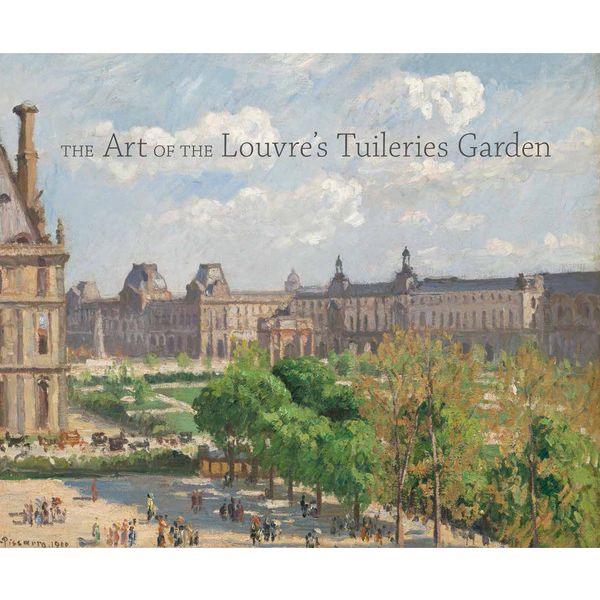The Art of the Louvre's Tuileries Garden
$50.00
Availability:
In stock
SKU
030715
The Tuileries Garden is a masterpiece of garden design and one of the world’s most iconic public art spaces. Designed for Louis XIV by landscape architect André Le Nôtre, it served the now-destroyed Tuileries Palace. It was opened to the public in 1667, becoming one of the first public gardens in Europe. The garden has always been a place for Parisians to convene, celebrate, and promenade, and art has played an important role throughout its history. Monumental sculptures give the garden the air of an outdoor museum, and the garden’s beautiful backdrop has inspired artists from Edouard Manet to André Kertész.
The Art of the Louvre’s Tuileries Garden brings together 100 works of art, including paintings and sculptures, as well as documentary photographs, prints, and models illuminating the garden’s rich history. Beautifully illustrated essays by leading scholars of art and garden studies highlight the significance of the Tuileries Garden to works of art from the past 300 years and reaffirm its importance to the history of landscape architecture.
Laura D. Corey is consulting curator at the High Museum of Art. Paula Deitz is editor of The Hudson Review. Guillaume Fonkenell is curator of sculpture and museum historian at the Musée du Louvre. Bruce Guenther is chief curator and Robert and Mercedes Eichholz Curator of Modern and Contemporary Art at the Portland Art Museum. Sarah Kennel is curator of photographs at the National Gallery of Art, Washington, D.C. Richard H. Putney is an art historian and head of the Art Museum Practices program at the University of Toledo and Consulting Curator of Medieval Art at the Toledo Museum of Art.
The Art of the Louvre’s Tuileries Garden brings together 100 works of art, including paintings and sculptures, as well as documentary photographs, prints, and models illuminating the garden’s rich history. Beautifully illustrated essays by leading scholars of art and garden studies highlight the significance of the Tuileries Garden to works of art from the past 300 years and reaffirm its importance to the history of landscape architecture.
Laura D. Corey is consulting curator at the High Museum of Art. Paula Deitz is editor of The Hudson Review. Guillaume Fonkenell is curator of sculpture and museum historian at the Musée du Louvre. Bruce Guenther is chief curator and Robert and Mercedes Eichholz Curator of Modern and Contemporary Art at the Portland Art Museum. Sarah Kennel is curator of photographs at the National Gallery of Art, Washington, D.C. Richard H. Putney is an art historian and head of the Art Museum Practices program at the University of Toledo and Consulting Curator of Medieval Art at the Toledo Museum of Art.
Write Your Own Review




